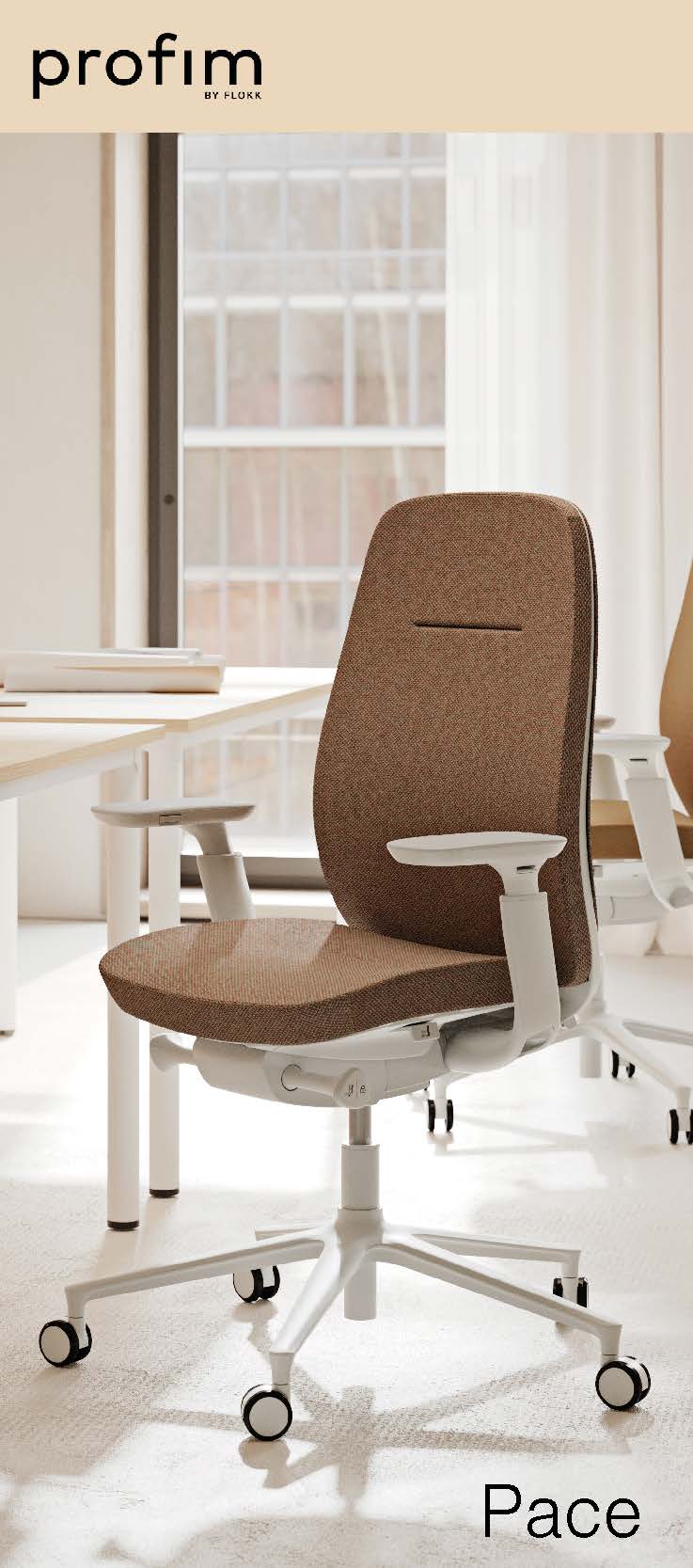July 28, 2014
The Insight newsletter is available to view online
 In the latest edition of the Workplace Insight newsletter available to view online; ‘standing room only’ as Mark Eltringham reviews the Outstanding Landscape of Affordances, commissioned by the Netherlands’ Chief Government Architect; Justin Miller says any natural scepticism regarding the workplace of the future shouldn’t blind us to predictions that we know will largely come true; and James Sutton CEO of BIFM explains why increasing collaboration between FM and HR can benefit both disciplines. In news we reveal that advances in workplace connectivity means senior executives are far more satisfied with their work-life balance than ever; three of the most talked about UK office developments are given the go ahead within the space of a few days; and a BCO study espouses the continued importance of the office as the best place to do business. We also include a link to the new issue of Work&Place, the journal we publish in partnership with Occupiers Journal.
In the latest edition of the Workplace Insight newsletter available to view online; ‘standing room only’ as Mark Eltringham reviews the Outstanding Landscape of Affordances, commissioned by the Netherlands’ Chief Government Architect; Justin Miller says any natural scepticism regarding the workplace of the future shouldn’t blind us to predictions that we know will largely come true; and James Sutton CEO of BIFM explains why increasing collaboration between FM and HR can benefit both disciplines. In news we reveal that advances in workplace connectivity means senior executives are far more satisfied with their work-life balance than ever; three of the most talked about UK office developments are given the go ahead within the space of a few days; and a BCO study espouses the continued importance of the office as the best place to do business. We also include a link to the new issue of Work&Place, the journal we publish in partnership with Occupiers Journal.





 Given the track record of people when it comes to making predictions about the future, it’s easy to grow cynical, especially when it involves a profession as subject to the vagaries of technological and cultural change as facilities management. But while we should be wary of more fanciful and long term thinking, any natural scepticism shouldn’t blind us to those predictions that we know will largely come true, especially those based on what we know is happening already. For example, recent research carried out by Cass Business School and Henley Business School and presented in the book
Given the track record of people when it comes to making predictions about the future, it’s easy to grow cynical, especially when it involves a profession as subject to the vagaries of technological and cultural change as facilities management. But while we should be wary of more fanciful and long term thinking, any natural scepticism shouldn’t blind us to those predictions that we know will largely come true, especially those based on what we know is happening already. For example, recent research carried out by Cass Business School and Henley Business School and presented in the book  The world of work and the workplace is always changing. We know it. You know it. In fact, there are a whole host of people that know it, but depending on what side of the professional fence you sit on, you might approach it in different ways, looking through a different lens or with a specific focus. Or are you already bridging the professional gap? Workplace change and the numerous ramifications of it are well documented. In a world that is changing, at frightening pace, it is strange to think that many of the ways in which we work are so entrenched in 20th century thinking. We need to break away from this and outline what the future is going to look like and how we should adapt. Or do we already have the answers? This ground is well trodden. However, it could be time to reassess our thinking and the way we approach this challenge, ensuring it becomes the norm for organisations around the world.
The world of work and the workplace is always changing. We know it. You know it. In fact, there are a whole host of people that know it, but depending on what side of the professional fence you sit on, you might approach it in different ways, looking through a different lens or with a specific focus. Or are you already bridging the professional gap? Workplace change and the numerous ramifications of it are well documented. In a world that is changing, at frightening pace, it is strange to think that many of the ways in which we work are so entrenched in 20th century thinking. We need to break away from this and outline what the future is going to look like and how we should adapt. Or do we already have the answers? This ground is well trodden. However, it could be time to reassess our thinking and the way we approach this challenge, ensuring it becomes the norm for organisations around the world. The recent Cabinet reshuffle in the UK Government won’t alter one fact; politicians simply don’t get it when it comes to technology, the workplace, the way people work and the needs of small businesses. Once you dismiss the paranoid idea that they DO get it but don’t care because they’re too busy looking out for The Man, you have to conclude that one of the big problems they have (this won’t go where you think) is that they don’t understand anything about technology and work, especially when it comes to emerging technology, the working lives of individuals, the needs and functions of small businesses and the fact the self-employed exist at all. These things exist outside the bubble. This is obviously a problem because they are implementing policies and making big, uninformed and anachronistic decisions about the things that shape every aspect of our lives, help to define us as people and determine how companies and individuals function. Here are just three examples.
The recent Cabinet reshuffle in the UK Government won’t alter one fact; politicians simply don’t get it when it comes to technology, the workplace, the way people work and the needs of small businesses. Once you dismiss the paranoid idea that they DO get it but don’t care because they’re too busy looking out for The Man, you have to conclude that one of the big problems they have (this won’t go where you think) is that they don’t understand anything about technology and work, especially when it comes to emerging technology, the working lives of individuals, the needs and functions of small businesses and the fact the self-employed exist at all. These things exist outside the bubble. This is obviously a problem because they are implementing policies and making big, uninformed and anachronistic decisions about the things that shape every aspect of our lives, help to define us as people and determine how companies and individuals function. Here are just three examples.











July 25, 2014
Employees embracing flexible working law change, finds survey
by Sara Bean • Comment, Flexible working, News, Workplace